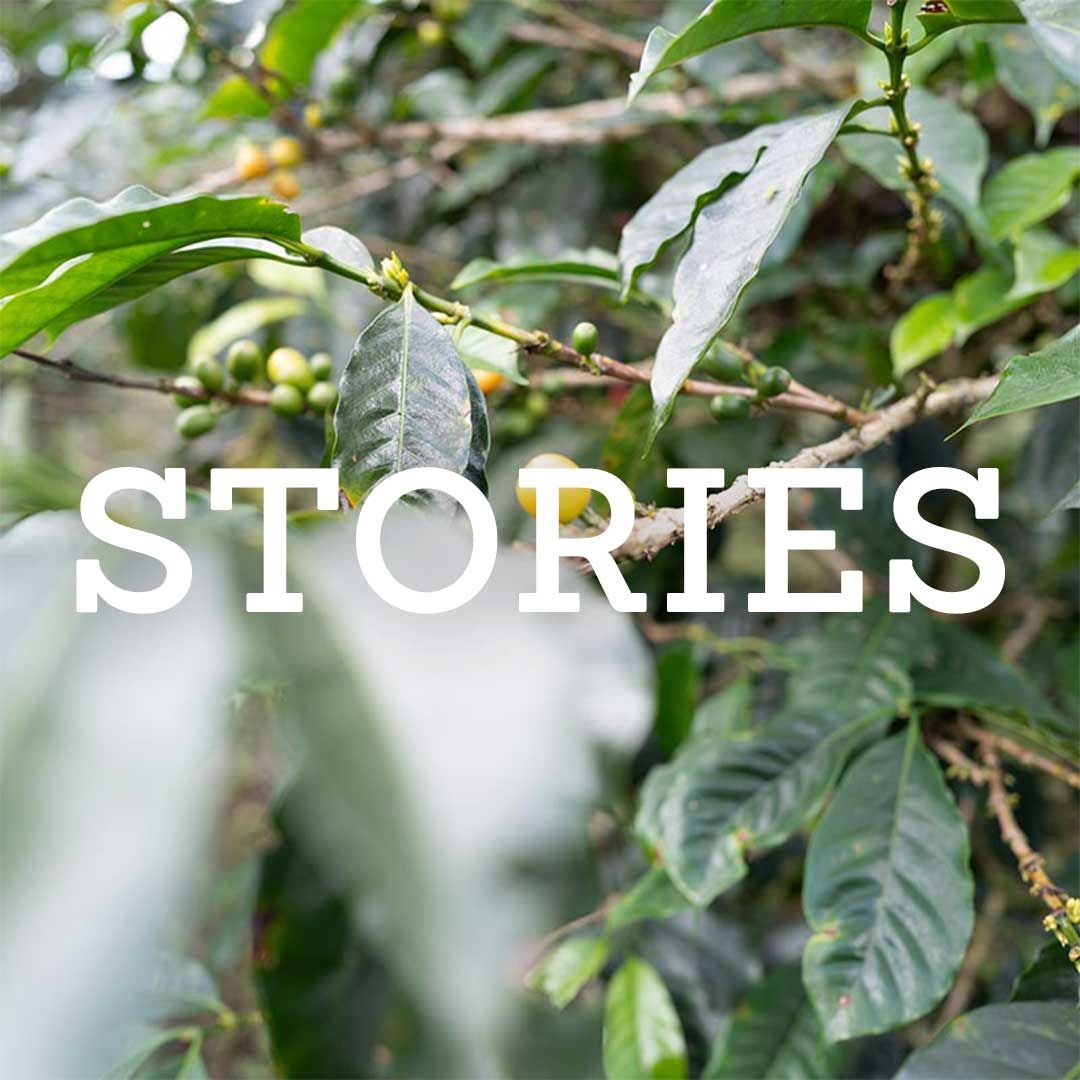
The majority of farms producing coffee do it in a monoculture way, without any means to create habitat for any life other than the coffee itself. The producing plants get highly dependent on the agrotoxics that they are fed with. And at the same time, the low market prices for coffee are pushing these big farms to become more and more efficient, day by day. Where the only way of making any money is by pushing each plant to produce its absolute maximum, at all times. All in all creating situations that are far from sustainable.
Our endeavor is in the mountainous regions of Caparaó and Espiritó Santo, some 7 hours north of Rio de Janeiro.

In these regions, where slopes are steeper and farms generally smaller, coffee is cultivated by hand to a greater extent and in similar ways as other coffee-producing origins around the globe. The farms are run by families and worked together. However, these are also challenges for producers. Where competing with higher producing areas of the country is difficult, cause of tougher terrain - demanding more work by hand, driving costs – and also in a microclimate with more annual rainfall, making drying of coffee a bigger challenge.










